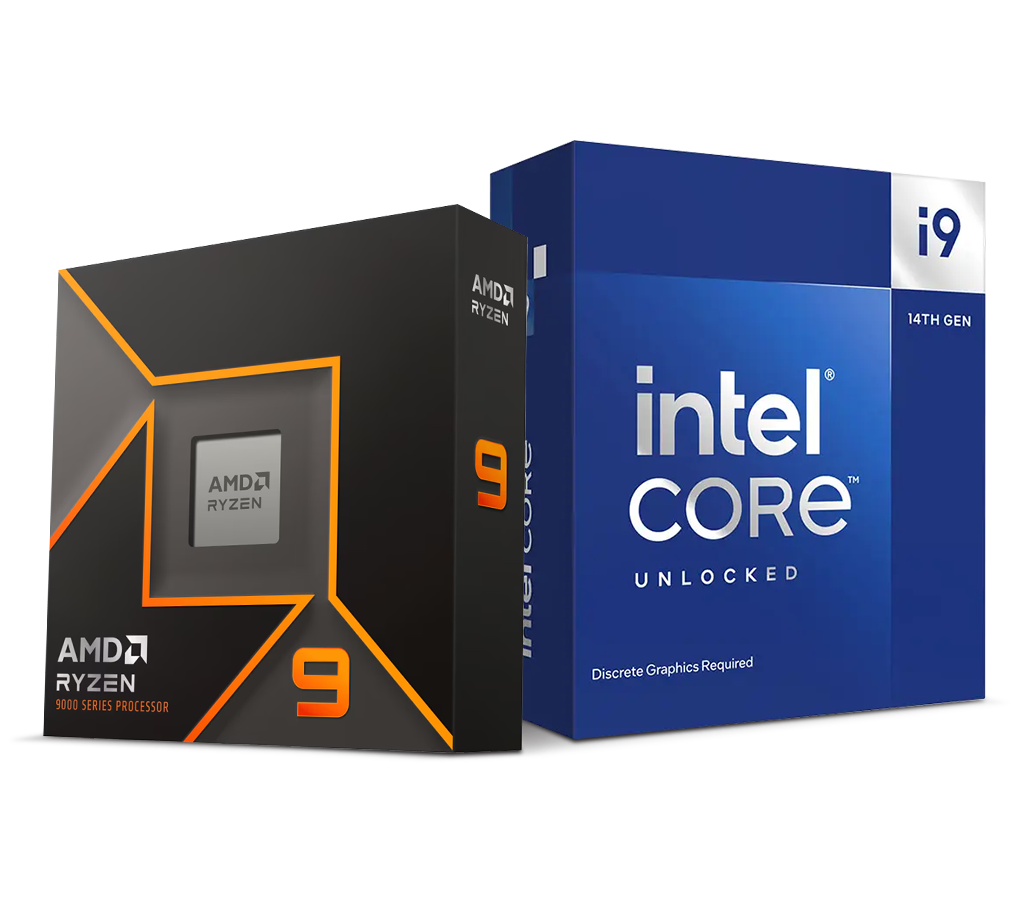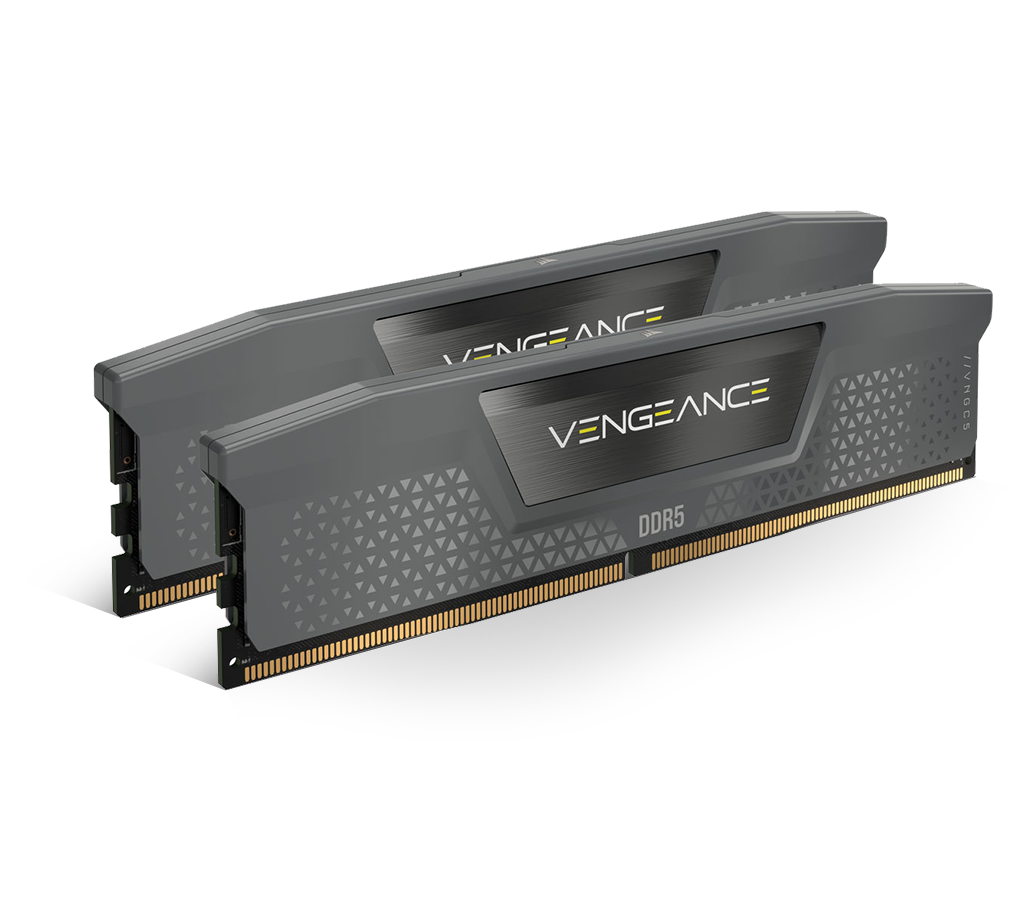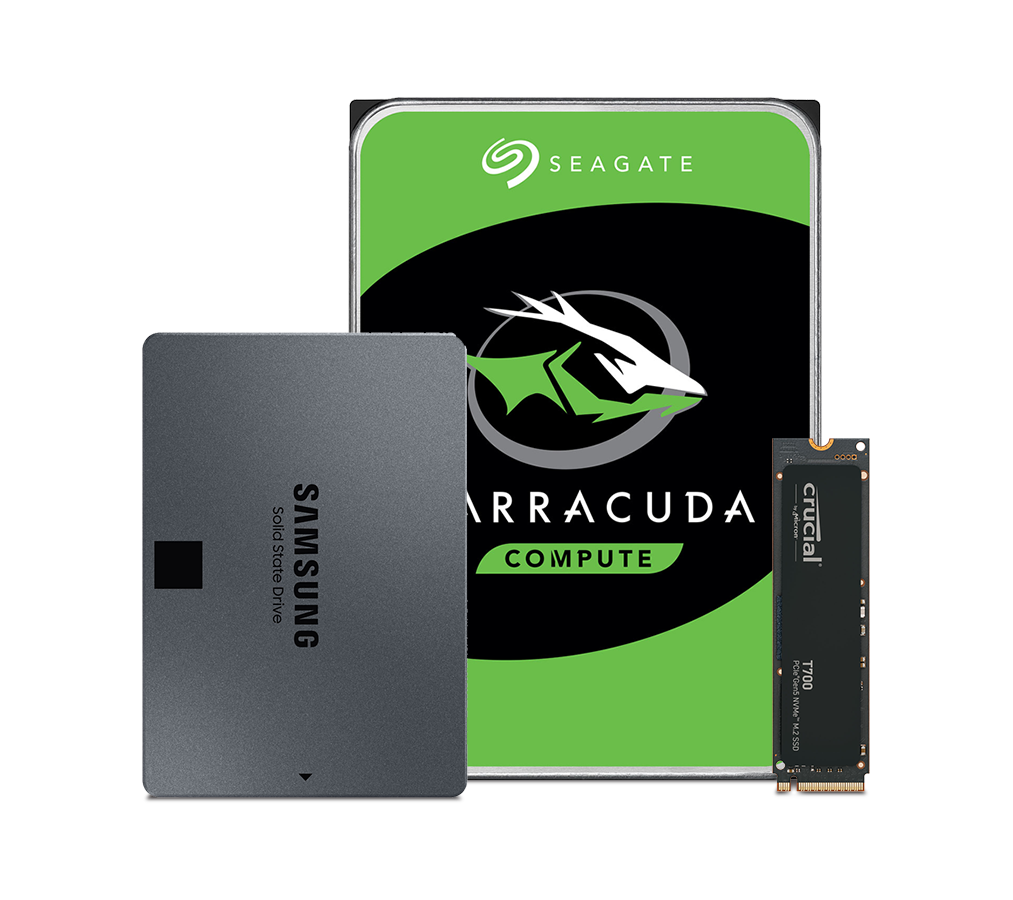3XS Pro Audio Workstations

When configuring our 3XS Pro Audio workstations, we start with the question, What makes the perfect audio workstation?
Performance, noise and reliability are the trifecta of requirements we aim to meet when setting up the models in our range, as these three concerns are often at the forefront for any system designed to go into a studio.
The power to handle your projects
The key concern driving many an upgrade or new system purchase is often exceeding the capability of your current setup. As digital audio workstation (D.A.W) software continues to get ever more powerful with each generation and the additional features stretch that capabilities of older systems you will start to see more incidences where you run out of CPU or RAM overhead before you can complete your project. Whilst you can of course bounce down tracks to audio and so free up these resources, the process of doing so can limit your ability to carry out further editing and some users find that this in turn slows down their workflow.


Windows 11 Pro comes pre-installed on our Workstations and works seamlessly with the most trusted software for music production. Windows 11 Pro has all the tools you need to get the absolute best from your Pro Audio Workstation.
Choosing the right CPU
For the power users in the studio, CPU performance is king. After all it’s the CPU that generates your in the box sounds and effects.

However, how do we pick the most suitable CPU?
CPU’s have a rated clock speed and it may seem that if you look these over that we have seen this plateau over the years. However, each generation of chip can often offer anything from 5% to 25% increase on the prior generation and so 4GHz in 2019 will not be as powerful 4GHz in 2023. This per core speed rating is what is referred to as “Instructions Per Clock” or I.P.C and is the number of instructions the CPU can action during a given clock cycle. The higher the I.P.C score the more work you can get done in any given cycle and for applications that are ASIO based the more work we can get done within a cycle, the better.
ASIO drivers used by audio interfaces have their own ASIO buffers and these are a slice of time where the CPU does the audio processing work. As such, the higher the I.P.C score the more work can be done before the buffer is reset and the process starts again.
For live effects processing where you require just a few channels, with effects at the lowest latency possible, your chief concern is simply the fastest chip often with fewer cores overall.
For users with a lot of tracks, but less concerned with the real-time performance like studio based artists and post production roles, increasing the core count and running with a slightly higher ASIO buffer so that you can process more in parallel will give you huge gains in regards to the total amount of tracks your project can handle.
Choosing the right memory

Physical RAM is the location where your project gets pre-loaded and where the CPU calls data from as and when required. Having an adequate amount of memory will allow the machine to operate as it’s best, as the OS will otherwise start to swap data back and forth with the drive when memory space is exhausted. Once a project exceeds the available memory space, the resulting heavy swap file usage can bottleneck performance and potentially result in audio drop outs and glitches.
With a typical audio system this will include running your DAW software, active project and the plugins in use, although the requirements for these are relatively modest. The larger demand for memory comes from users with sizable audio libraries using packages such as Kontakt, Spitfire, Vienna or any of the other many sample based VSTi’s.
32GB of memory is typically seen as entry level for modern systems, with 64GB or even 128GB being a requirement for scoring with large sound libraries, often including composition work with music for film and TV. If in doubt and you are in the process of upgrading from an older system, loading up some of your existing larger projects can often help to give an idea your memory requirements when looking to specify any replacement system.
Choosing the right storage

There are a number of different storage options to choose from on modern systems. Most setups will offer the ability to fit three or four M.2. NVMe drives and we tend to feature one of these as the OS drive in many solutions. The NVMe standard is an SSD drive that attaches directly to the mainboard and depending on the generation of drive offers anywhere between 6 – 28 times the speed of a regular SSD. Working with NVMe drives gives us the fastest loading times, the most responsive OS along with all round snappy program handling. Additional M.2 NVMe drives can be dedicated to hosting your largest sound libraries, or handling other bandwidth intensive media tasks such as 4k video editing.
Whilst the price between NVMe and SSD’s has closed over the years, regular SSD’s can still be more cost effective for dealing when dealing with the larger space requirements.
Traditional mechanical hard drives remain available, although due to the slower nature of these drives we advise reserving them for back-ups and archival workloads in modern systems.
The capability to let you think

A key concern for any studio system is the noise level of the system in use. Audio work is demanding on any computer system and setups with aggressively loud cooling can often be a deal breaker when it comes to recording or even just mixing within earshot of a computer system.
With all of our audio system range we aim to keep the noise down through carefully picked accessories including fans, coolers and PSUs from market leaders like be quiet!, Nocuta and Seasonic. Striking the correct balance between performance and noise ensures that you can focus on creating your very best work without any outside distractions
Performance when you need it

As with all of our 3XS system’s we pride ourselves on being transparent with our component choices and if you look at our available system’s we will always list the hardware going into any system we offer. Day in, day out we work with the leading suppliers from across the industy and with 30 years in business under our belts, we have gained the support of the leading hardware suppliers from around the world.
This means that not only are we able to find, test and fit the best components for the task, but it means we’re backed up with a level of support from the those suppliers that is second to none.
Complete your ideal studio with a 3XS system solution

Our 3XS support team is available 7 days a week and can be reached via Live Chat, E-mail or over the phone.
For desktop systems within both our pre-configured desktop fixed series and self-configured ranges, we offer a class leading 3-year warranty, with the first year including on-site support in the event of hardware failure. For laptop sytems from our laptop fixed series and self-configured we offer a 2 year return to base warranty.